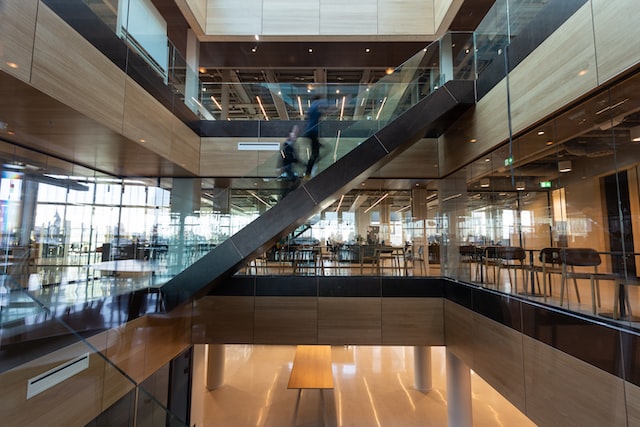The COVID-19 pandemic has had a significant impact on all aspects of life, including facilities management. Facilities managers have been forced to adapt quickly to the new challenges posed by the pandemic, implementing new cleaning protocols, air filtration systems, and social distancing measures. In this article, we will analyze how the pandemic has changed the way facilities are managed and the impact of these changes.
New Cleaning Protocols
One of the most significant changes brought about by the pandemic is the implementation of new cleaning protocols. Facilities managers have had to adopt more rigorous cleaning and disinfecting procedures to prevent the spread of the virus. This includes regular cleaning and disinfecting of high-touch surfaces such as doorknobs, light switches, and elevator buttons. Facilities managers have also had to increase the frequency of cleaning and disinfecting restrooms and other shared spaces.
The impact of these new cleaning protocols has been significant. Facilities management companies have had to allocate more time and resources to cleaning and disinfecting, which has increased costs. In addition, the increased use of cleaning and disinfecting products has raised concerns about the environmental impact of these products.
Air Filtration Systems
The pandemic has also highlighted the importance of air quality in indoor spaces. COVID-19 is primarily spread through respiratory droplets, which can be transmitted through the air. This has led facilities managers to implement new air filtration systems to improve indoor air quality.
Facilities managers have installed high-efficiency air filters and increased the frequency of air filter replacements to ensure that the air in indoor spaces is as clean as possible. They have also increased the use of air purifiers, which can help to remove airborne viruses and bacteria.
The impact of these changes has been significant. Facilities managers have had to invest in new air filtration systems and air purifiers, which can be costly. In addition, the increased use of air filters and air purifiers has raised concerns about energy consumption and the environmental impact of these systems.
Social Distancing Measures
Social distancing measures, such as maintaining a distance of six feet from others and wearing masks, have also had a significant impact on facilities management. Facilities managers have had to implement new policies and procedures to enforce social distancing measures in indoor spaces.
This includes redesigning shared spaces to ensure that employees can maintain a safe distance from each other, such as installing barriers between workstations and limiting the number of people in conference rooms and break rooms. Facilities managers have also had to implement new policies regarding the use of common spaces, such as restrooms and elevators, to ensure that social distancing measures are maintained.
The impact of these changes has been significant. Facilities managers have had to invest in new equipment and redesign shared spaces, which can be costly. In addition, the increased use of barriers and the redesign of shared spaces has raised concerns about the impact on employee morale and productivity.
Conclusion
The COVID-19 pandemic has had a significant impact on facilities management, requiring facilities managers to implement new cleaning protocols, air filtration systems, and social distancing measures. These changes have had both positive and negative impacts on facilities management. On the positive side, the increased focus on cleaning and disinfecting has improved indoor air quality and reduced the spread of viruses and bacteria. However, the increased costs associated with these changes and the impact on employee morale and productivity are significant challenges.
As the pandemic continues, facilities managers will need to continue to adapt to new challenges and implement new strategies to keep indoor spaces safe and healthy. This will require ongoing investment in new equipment and technology, as well as ongoing training and education for facilities management staff. By doing so, facilities managers can help to minimize the impact of the pandemic on indoor spaces and ensure that they remain safe and healthy for employees and visitors.








